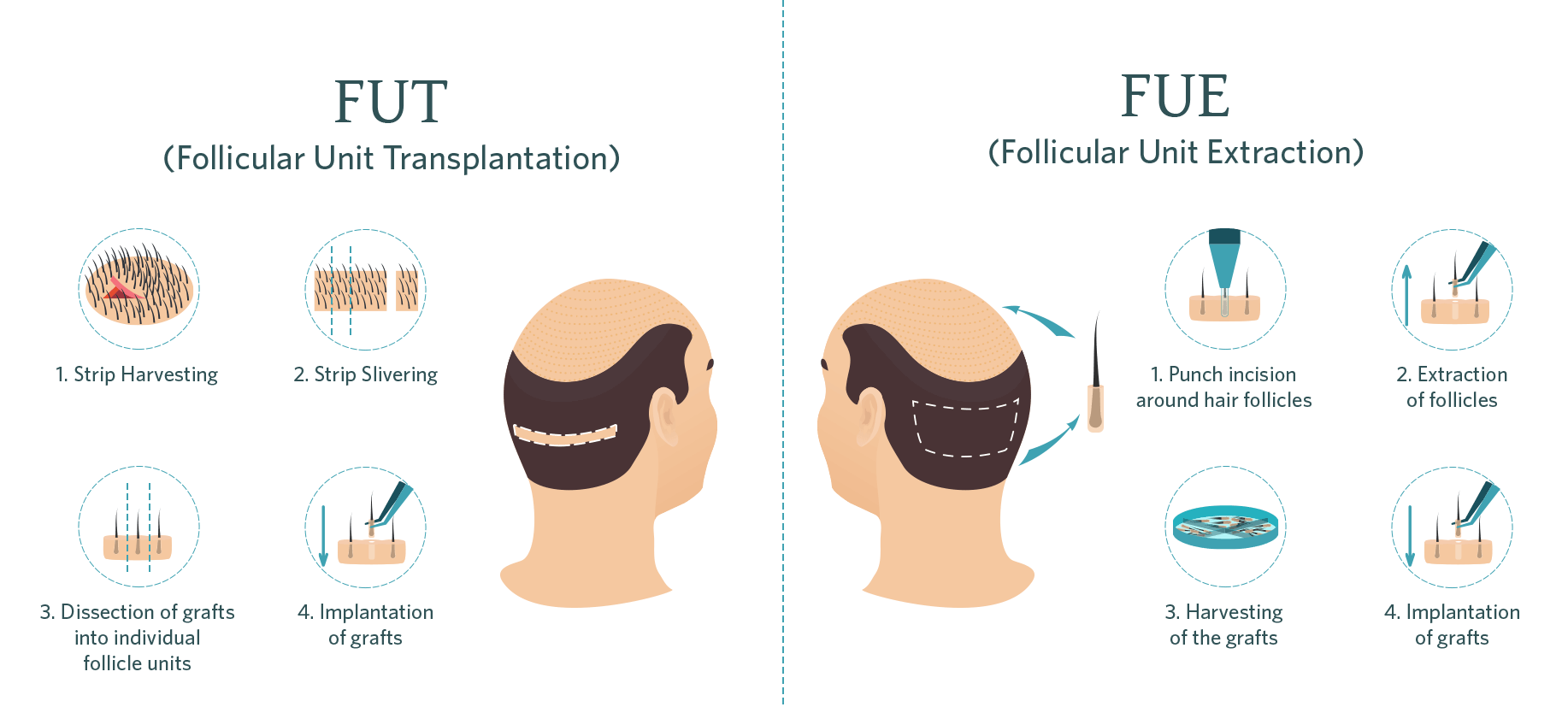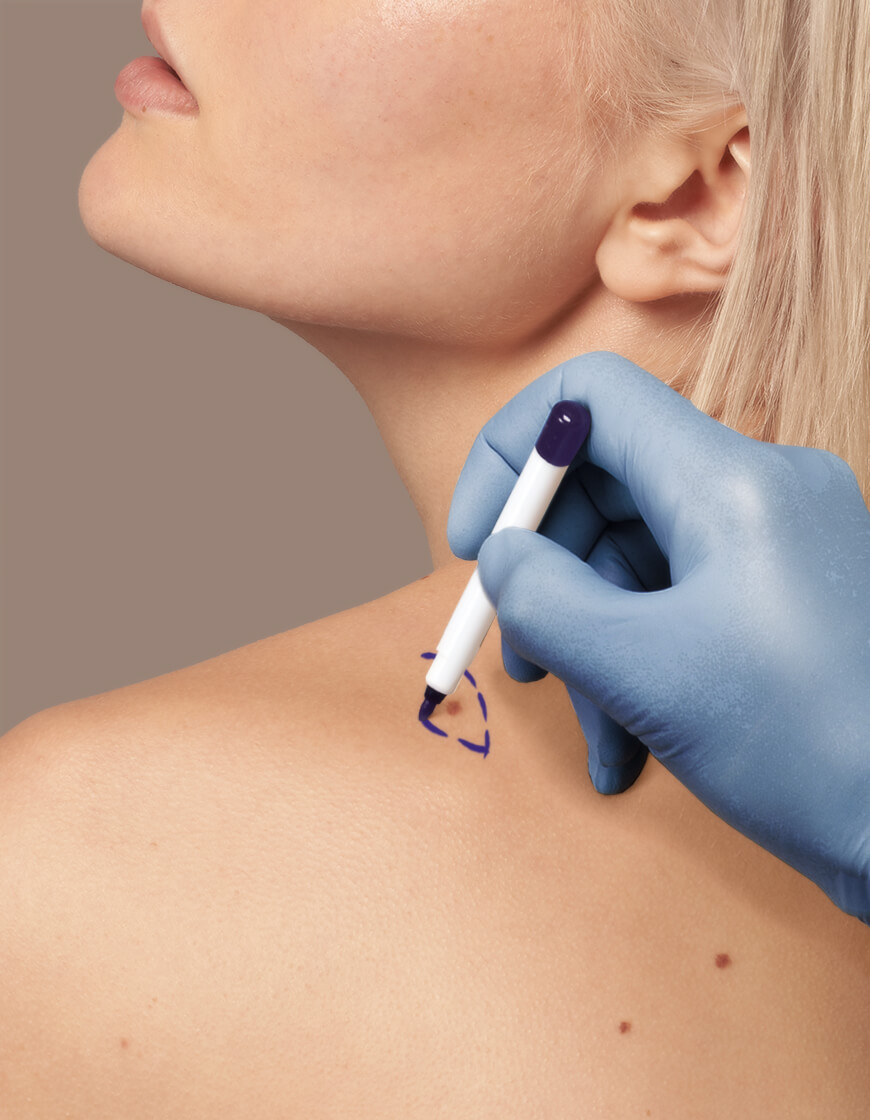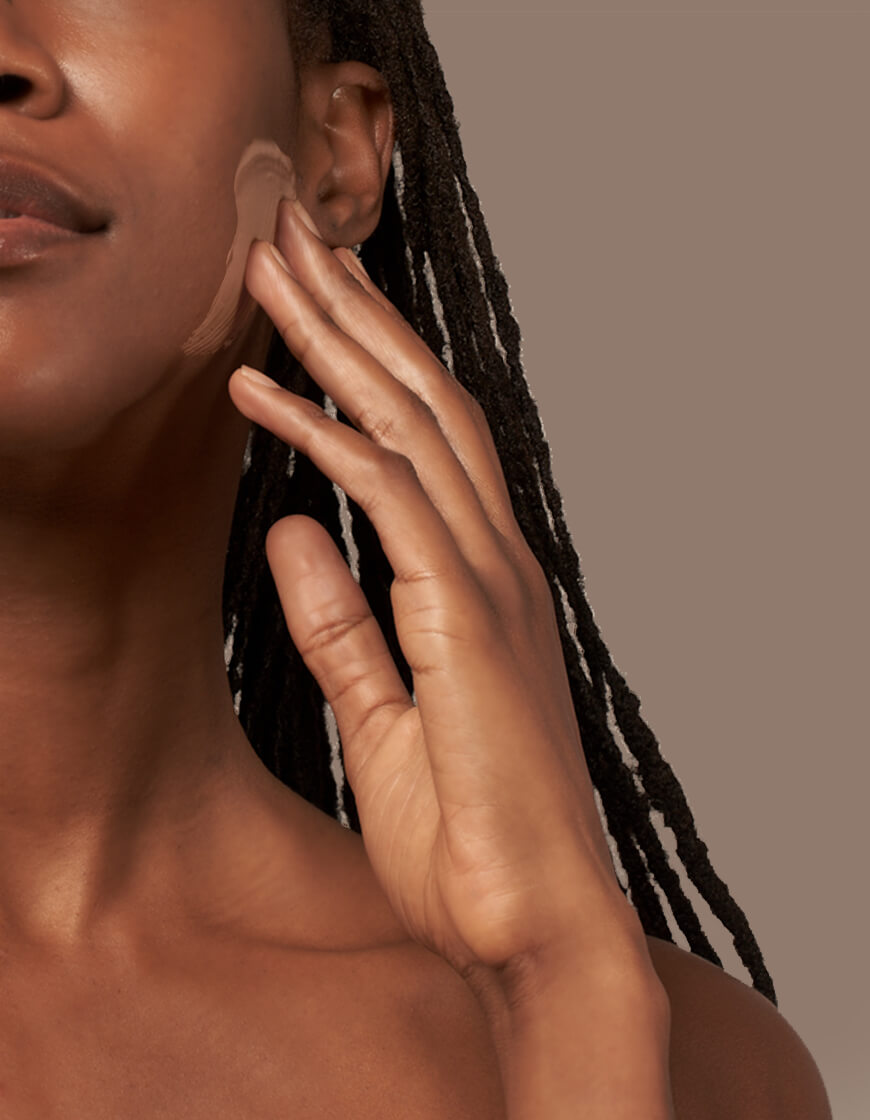HAIR TRANSPLANT SURGERY

Hair Restoration Utilising Follicular Unit Transplant (FUT) And Follicular Unit Extraction (FUE)
Androgenetic Alopecia is a common hair problem in Singapore that affects both men and women alike. Male-pattern hair loss affects nearly all men at some point in their lives and is perceived as a cosmetic issue by many. This can have a significant negative psychosocial impact on one’s life. Medical treatments available in Singapore hair transplant clinics include topical and oral medications for both male and female-pattern hair loss.
With more extensive patterns of hair loss, however, surgical options such as hair restoration are an integral part of a multifaceted approach. Hair replacement surgery is the surgical movement of ‘permanent’ hair from the safe donor zone in the back and/or sides of the scalp to the thinning or balding areas.
Once transplanted, hair continues to grow during a person’s lifetime. Aside from Androgenetic Alopecia, hair restoration surgery is also useful for the treatment of various forms of Cicatricial (scarring) Alopecias, such as those induced by previous surgeries or even conditions such as Triangular Alopecia and Aplasia Cutis.
Hair treatment clinics in Singapore utilise two main methods of hair transplant surgery:
- Follicular Unit Transplant (FUT)
- Follicular Unit Extraction (FUE)
FOLLICULAR UNIT TRANSPLANT (FUT)
FUT is known as ‘strip surgery’, where the procedure involves removing a strip of hair-bearing skin on the donor area of the scalp. This is usually done either on the back or on the sides of the head. The strip is then stitched back together to form a thin linear scar, which is then covered by surrounding hair. After 10 to 14 days, stitches are removed, and the donor area heals to form a thin linear scar.
The strip is placed under high-powered microscopes, where a surgical team will divide it meticulously into tiny grafts of individual follicular units. These units comprise one to four hairs. Thereafter, the grafts are stored in a chilled tissue storage solution until they are transplanted.
FUT hair transplant provides a higher graft yield over a patient’s lifetime compared to FUE hair transplant, making it ideal for those requiring larger amounts of grafts. Benefits of FUT hair transplant include:
- Ability to harvest a large number of grafts
- Higher graft survival rates
- More robust grafts compared to those obtained through FUE
FOLLICULAR UNIT EXTRACTION (FUE)
In FUE hair transplant, the procedure involves shaving the donor area of the scalp, followed by individual excisions of follicular unit grafts. This is carried out meticulously using a sharp and small cylindrical punch (between 0.8mm to 1.1mm in diameter) before incising the surface of the skin around each hair follicle and carefully teasing out the fine forceps. This procedure is carried out either manually or with a motorised surgical tool.
FUE involves many tiny dot scars on the scalp, which are scarcely noticeable. However, with more FUE procedures in place, more dot scars will accumulate, and hair in the donor area will slowly thin out. There is only a limited amount of donor hair present, and thus, surgeons and patients have to ensure that there is sufficient donor supply for the transplant in the long run. The FUE hair transplant cost may vary depending on the number of grafts required.
Benefits of FUE include:
- No linear scar
- Faster recovery period with few limits on post-operative activity
- Viable alternative for decreased scalp laxity
- Ideal if a limited number of grafts is required or when body hair is needed for the transplant for patients with insufficient scalp donor hair
RECIPIENT SITE DESIGN AND IMPLANTATION
Following the harvesting of the donor grafts, the surgeon will proceed to create recipient sites. This is done with precise aesthetic ideas in mind, as proper recipient site creation is crucial to the outcome. Once recipient sites are created, individual follicular unit grafts are placed into these sites. This step is performed with care as mechanical injury to the graft impacts growth. The surgical team uses special implanters and special forceps to insert grafts into the recipient sites.
FUT VS FUE
THE DIFFERENCE BETWEEN FUT & FUE
| FUT | FUE |
| Perfect for patients who require a large amount of grafts, typically providing a higher yield of hair than FUE. | In FUE, individual follicular units are taken, leaving only tiny dot scars that are barely noticeable. |
| No requirement for shaving hair. Existing hair can be kept in longer lengths and used to cover up the linear scar. | Ideal for relatively small transplants, suitable for younger patients requiring a small number of grafts in the hairline. |
| Shorter surgery time compared to FUE. This ultimately depends on the size of the donor area and the amount of grafts that are required for transplantation. | Rapid recovery period compared to FUT. |
| The price of treatment is less expensive compared to an FUE procedure. | Longer surgery time. |
FUT VS FUE: WHICH IS RIGHT FOR YOU?
Choosing between FUT and FUE depends on various factors, including the number of grafts required, your desired results, and FUT and FUE hair transplant cost considerations. Both techniques offer unique benefits, and a well-trained surgeon can help determine which approach is best suited to your needs.
For those who are deciding between FUE hair transplant and FUT hair transplant, this video provides an insightful guide covering the pros, cons, and personalised insights to make the right choice for your hair restoration journey:

For those considering hair transplant surgery, visiting a hair transplant clinic is essential for a proper assessment. Every patient is different, and a specialist can recommend the most suitable procedure based on your unique hair loss pattern and donor availability. Some types of hair loss may not be amenable to surgery, and may in fact aggravate some of these conditions if incorrectly diagnosed and treated.
Dermatologists who are MOH-accredited specialists in managing disorders of the skin, hair and nails primarily manage hair disorders. Dr Angeline Yong is a dermatologist and dermatological surgeon in Singapore who sub-specialises in hair disorders and hair transplantation. She was previously the founding consultant and lead of the hair transplant service in the National Skin Centre.
FAQ
A hair transplant is a surgical procedure that involves transferring hair follicles from a donor site (usually the back or sides of the head) to a recipient site (usually the front or top of the head). This procedure is used to restore hair growth in areas where hair has thinned or stopped growing due to genetics, age, or medical conditions.
Yes, it is important to follow your doctor’s instructions for aftercare after a hair transplant to ensure the best possible results. This may include:
- Keeping your scalp clean and dry for a few days after the surgery
- Avoiding strenuous exercise for at least a week
- Avoiding direct exposure to sunlight for a few weeks
- Using medications as prescribed to help with pain and inflammation
- Avoiding certain hairstyles and treatments (such as heat styling or colouring) for a certain period of time
- Protecting your scalp from physical trauma
It is also important to be patient, as it can take several months for the transplanted hair to grow and for the full results of the surgery to become apparent.
Hair transplant surgery is generally not considered to be a painful procedure. Both FUE and FUT procedures are performed under local anaesthesia. Local anaesthesia is used to numb the area where the hair follicles will be taken from (the donor site) and where they will be transplanted (the recipient site). After the surgery, some patients may experience mild swelling or tenderness at the donor and recipient sites, pain medication may be prescribed to manage any discomfort after the surgery. It is important to follow the post-operative instructions provided by the surgeon to minimise any discomfort and ensure proper healing.
The length of downtime can vary depending on the specific type of hair transplant procedure being performed, as well as the individual’s healing process. Most patients are able to return to work and normal activities within a few days to a week after the procedure. However, it is important to follow the post-procedure instructions provided by the surgeon, which may include avoiding strenuous activity, keeping the transplanted area clean and dry, and avoiding sun exposure. It is also recommended to avoid styling the hair for a few weeks after the procedure to allow the transplanted hair to heal and take root.




